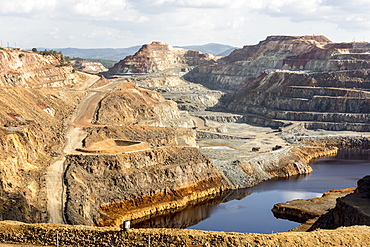Results
1 results found

The Utah Smelter (1995) that services the nearby massive Bingham Canyon Copper Mine, The plant refines 99.9% pure copper & claims 99.9% removal of sulphur dioxide emissions, Great Salt Lake, Utah, United States of America (USA), North America
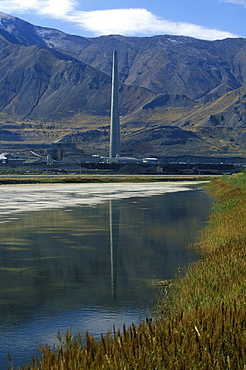
The Utah Smelter (1995) that services the nearby massive Bingham Canyon Copper Mine, The plant refines 99.9% pure copper & claims 99.9% removal of sulphur dioxide emissions, Great Salt Lake, Utah, United States of Americ (USA), North America
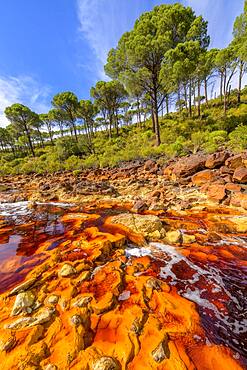
R?o Tinto, Andalucia, Spain *** Local Caption *** R?o Tinto ("Red River") is very acidic (Ph 2) and has a deep reddish hue due to iron dissolved in water. The acidity of the watercourse is linked to the drainage of pyrite, which is very present in the subsoil. Extremophilic and endemic bacteria and algae colonize the river bed, forming a fragile biofilm that evokes the hot springs of Yellowstone Park in the USA.
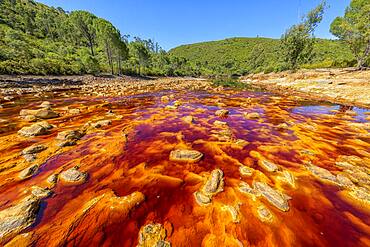
R?o Tinto, Andalucia, Spain *** Local Caption *** R?o Tinto ("Red River") is very acidic (Ph 2) and has a deep reddish hue due to iron dissolved in water. The acidity of the watercourse is linked to the drainage of pyrite, which is very present in the subsoil. Extremophilic and endemic bacteria and algae colonize the river bed, forming a fragile biofilm that evokes the hot springs of Yellowstone Park in the USA.
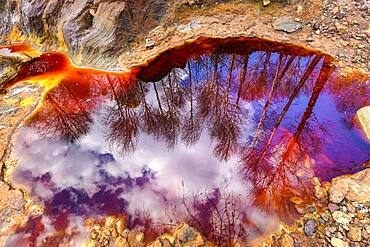
Reflections on Rio Tinto, near its source, Andalusia, Spain *** Local Caption *** R?o Tinto ("Red River") is very acidic (Ph 2) and has a deep reddish hue due to iron dissolved in water. The acidity of the watercourse is linked to the drainage of pyrite, which is very present in the subsoil. Extremophilic and endemic bacteria and algae colonize the river bed, forming a fragile biofilm that evokes the hot springs of Yellowstone Park in the USA.

Clay loaded with iron oxides and dried out, Rio Tinto, Andalusia, Spain *** Local Caption *** R?o Tinto ("Red River") is very acidic (Ph 2) and has a deep reddish hue due to iron dissolved in water. The acidity of the watercourse is linked to the drainage of pyrite, which is very present in the subsoil. Extremophilic and endemic bacteria and algae colonize the river bed, forming a fragile biofilm that evokes the hot springs of Yellowstone Park in the USA.
